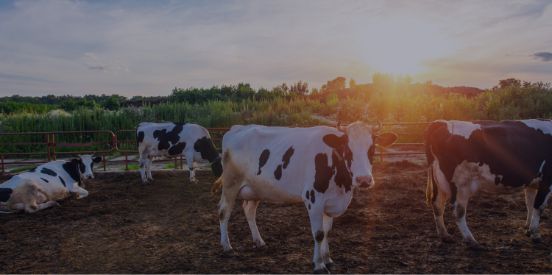CORN
Corn futures were down another 3 cents overnight as a somewhat bearish weather forecast over the next two weeks sheds what little weather premium may be left in the market. Dec corn tumbled as much as 7 cents to 3.34-1/2 before trimming losses. Strong weekly export inspections were encouraging on Monday, but weekly crop ratings improved by 1% to 72% good-to-excellent. This will keep pressure on prices, as well as confusion over the rhetoric surrounding the trade deal between China and the U.S. The latest out of Washington was a tweet from President Trump stating, ““The China Trade Deal is fully intact. Hopefully they will continue to live up to the terms of the Agreement!”.
SOYBEANS
Soybean futures traded two-sided overnight with rather wide 15 cent trading ranges that favored the down-side. Nov beans were last down 3-1/4 cents to 8.76. Soybean crop ratings dropped by 2% to 70% good-to-excellent. This was below expectations and supportive for prices. a weaker U.S dollar vs the Brazilian real keeps U.S. soybeans the most affordable supply-line on the global export market. Meanwhile, the bean complex will continue to be sensitive over the trade agreement at a time when the global economy is being pummeled by the coronavirus and faced with growing worries over the relationship between Washington and Beijing. The two nations are locked in confrontations over the pandemic, Hong Kong, human rights and technology.
WHEAT
Wheat futures were weaker overnight. Sept Chi wheat was down 2-1/4 cents to 4.87-1/4. Sept KC is down 1/2 cent to 4.39-1/4. Wheat futures held support on Monday and saw spreads unwind. Lately, long corn/short wheat spreads have been the place to be for traders. Global wheat supplies are heavy and will limit rallies. Winter wheat harvest was 29% complete last week, ahead of last year and 5-year averages, keeping harvest pressure on the wheat markets.
CATTLE
Live cattle futures are called ‘choppy’. Few speculative cattle buyers will enter into the soon-to-expire June contract for fear of delivery. The last trading day for the contract is a week from today. The cattle market shook off Friday’s heavy cattle-on-feed report, but traded lower overall amid little evidence supplies are being depleted by current slaughter volumes. Cold storage data showed frozen beef supplies up 2% over last year reflecting the heavier carcass weights at slaughter. Prices will likely stay choppy and look to cash markets for direction.
HOGS
Lean hog futures are called mixed to lower. Concerns regarding Chinese demand in the face of new cases of COVID-19 in China weigh negatively on the hog market. China has suspended poultry imports from Tyson food plants where hundreds of employees tested positive for the virus, so traders are fearful that if China does extensive testing from their customs officials for all meat imports that the total meat production in the U.S. could swell. Meanwhile, weak technicals create significant headwinds for rallies as July and August hogs posted new contract lows on Monday. Strength in retails values and USDA Cold storage report showing frozen pork supplies down 26% from last year may offer some support. Stocks normally drop about 5% for the month.

